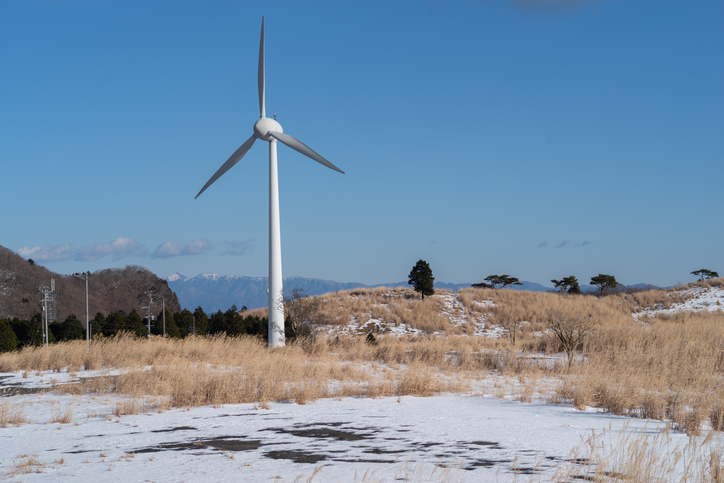News /
The Nordics at present produce over 90% of their power via renewables and are significant electricity
2023-01-14
The Nordic nations of Sweden, Finland, and Denmark are set to become a major source of green energy for Europe in the coming decade. A recent analysis by Rystad Energy has predicted that combined utility-scale solar and onshore wind capacity in these countries will increase from 32 GW in 2022 to 74 GW by 2030. This growth will be largely driven by onshore wind, with 61.5 GW expected to be installed across the three nations during this period.
Sweden will lead the way with 30 GW of onshore wind and 3 GW of solar PV capacity being added up to 2030, while Finland is projected to install 20 GW of onshore wind and 0.8 GW of solar over the same time frame. Denmark, meanwhile, is set to grow its onshore wind capacity by 11.5 GW and solar by 9 GW before 2030, in addition to increasing its offshore wind capacity from 2.3 GW currently up to 12.9 GW.

Furthermore, the region has announced almost 40 green hydrogen projects which are scheduled to come online in the next decade – giving them a combined 18% of Europe’s electrolyser capacity for green hydrogen production. Francesca Bjornflaten, senior analyst at Rystad Energy commented that “The Nordics at present produce over 90% of their power (including nuclear) via renewables and are significant electricity exporters to the rest of Europe. That trend will intensify as geography, technology and managerial experience in the region will see renewable investment and generation increase. This will be welcome news to heavy industries in the region as Europe seeks to cut emissions.”
Norway and Iceland are not included in the analysis due to their reliance on hydropower rather than wind energy for electricity production. Nevertheless, with these three Nordic countries set to become a major source of green energy for Europe over the next decade, it's clear that the region is firmly committed to reducing its carbon footprint.
The Nordic nations of Sweden, Finland, and Denmark are set to become a major source of green energy for Europe in the coming decade. A recent analysis by Rystad Energy has predicted that combined utility-scale solar and onshore wind capacity in these countries will increase from 32 GW in 2022 to 74 GW by 2030. This growth will be largely driven by onshore wind, with 61.5 GW expected to be installed across the three nations during this period.
Sweden will lead the way with 30 GW of onshore wind and 3 GW of solar PV capacity being added up to 2030, while Finland is projected to install 20 GW of onshore wind and 0.8 GW of solar over the same time frame. Denmark, meanwhile, is set to grow its onshore wind capacity by 11.5 GW and solar by 9 GW before 2030, in addition to increasing its offshore wind capacity from 2.3 GW currently up to 12.9 GW.

Furthermore, the region has announced almost 40 green hydrogen projects which are scheduled to come online in the next decade – giving them a combined 18% of Europe’s electrolyser capacity for green hydrogen production. Francesca Bjornflaten, senior analyst at Rystad Energy commented that “The Nordics at present produce over 90% of their power (including nuclear) via renewables and are significant electricity exporters to the rest of Europe. That trend will intensify as geography, technology and managerial experience in the region will see renewable investment and generation increase. This will be welcome news to heavy industries in the region as Europe seeks to cut emissions.”
Norway and Iceland are not included in the analysis due to their reliance on hydropower rather than wind energy for electricity production. Nevertheless, with these three Nordic countries set to become a major source of green energy for Europe over the next decade, it's clear that the region is firmly committed to reducing its carbon footprint.